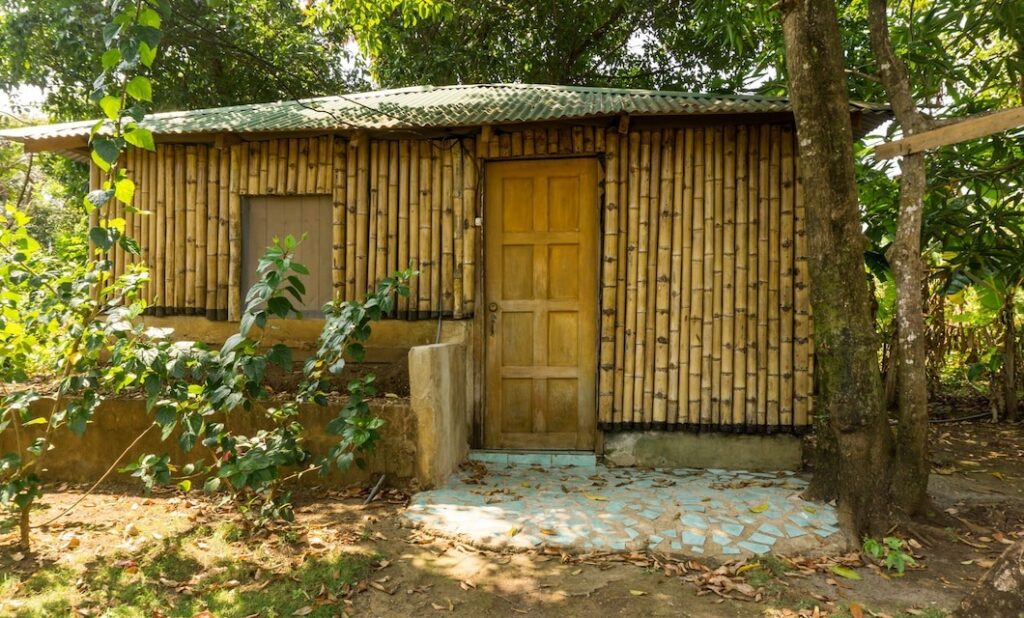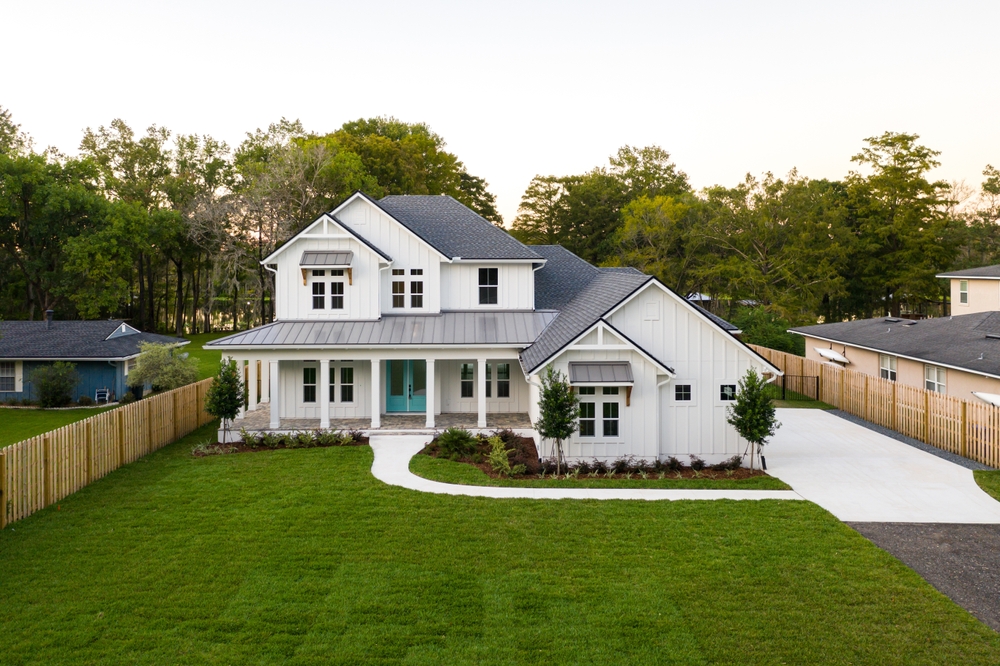Affordable housing has long been a pressing issue, particularly in urban areas where the demand for homes is high, and property prices are skyrocketing. As the population continues to grow, the need for affordable housing solutions becomes more urgent. However, affordable housing doesn’t have to compromise quality—it’s about utilizing smart design, innovative construction methods, and efficient materials to reduce costs without sacrificing livability.
In this blog, we will explore affordable construction techniques, cost estimation tips, and high-rise building construction, along with examples of successful affordable housing projects and the role of government policies in making housing more accessible.
Introduction: Addressing the Need for Affordable Housing
With the increasing global population and urbanization, the demand for housing is rising at an alarming rate. However, for many individuals and families, purchasing a home or securing rental accommodation remains an unaffordable dream. In cities, the cost of land, construction, and labor continues to increase, creating a significant barrier to affordable homeownership.
Yet, the solution lies not in simply lowering the cost but in rethinking how we build and design homes. By adopting innovative construction methods and leveraging cost-efficient materials, developers and policymakers can work together to create affordable housing that meets the needs of modern residents.

Construction Methods to Reduce Costs
The way we approach construction plays a critical role in determining housing costs. Here are some of the most effective construction methods that can reduce overall costs while maintaining high standards of safety and sustainability.
1. Modular and Prefabricated Housing
Modular and prefabricated homes are built in sections in a factory before being transported to the site for assembly. This construction method offers numerous benefits:
- Reduced Labor Costs: Less on-site labor is required, significantly lowering construction costs.
- Faster Construction Time: Since the components are pre-made, homes can be assembled much more quickly.
- Efficiency: Reduced waste and fewer construction errors contribute to cost savings.

2. Use of Alternative Building Materials
Using sustainable, low-cost materials can help reduce construction costs without compromising structural integrity. Some options include:
- Recycled Materials: Concrete made from recycled aggregates, or reclaimed wood and steel, can significantly reduce the material cost.
- Bamboo: An eco-friendly and cost-effective material, bamboo is being used in many regions as a substitute for traditional building materials.
- Shipping Containers: Using repurposed shipping containers for homes has become a cost-effective solution in some urban areas.

2. 3D Printing in Construction
3D printing technology is increasingly being used in construction to create homes and building components. This innovative approach:
- Reduces Material Waste: The technology only uses the exact amount of material needed, eliminating waste.
- Faster and Cheaper: The construction process is faster, and labor costs are reduced.
- Customization: It allows for customized designs at a lower price point.

4. High-Rise Building Construction
In urban areas where land is scarce and expensive, high-rise buildings are a viable solution for affordable housing:
- Maximizes Land Use: Building vertically allows for more housing units to be created on a small plot of land.
- Efficient Resource Use: Shared utilities and common spaces reduce the overall cost per unit.
- Scalability: High-rise buildings can accommodate large numbers of residents in one location, offering economies of scale.
Examples of Successful Affordable Housing Projects
1. The Low-Income Housing Tax Credit (LIHTC) in the United States
In the U.S., the Low-Income Housing Tax Credit program has been instrumental in creating affordable housing. It encourages private developers to build affordable rental housing by offering tax incentives. Many successful affordable housing developments across the country, especially in urban areas, have been funded through this initiative, helping thousands of families find safe and affordable homes.
2. The “Bamboo House” in India
In India, architects have designed homes using bamboo as the primary material, creating affordable, sustainable homes that are strong, lightweight, and cost-effective. These homes not only reduce the overall cost of construction but also have a minimal environmental impact, offering a great solution for low-income communities in rural and semi-urban areas.
3. The Public Housing Scheme in Singapore
Singapore’s government has successfully implemented a large-scale public housing program, known as the Housing Development Board (HDB), which provides affordable housing to the majority of the population. The HDB focuses on efficient land use, modern construction techniques, and government subsidies to ensure that affordable housing remains accessible to middle-income families.
Role of Government Policies and Subsidies
Government involvement is crucial to solving the affordable housing crisis. In many regions, policies, grants, and subsidies are making it possible to build and maintain affordable housing. Here’s how:
1. Government Grants and Incentives
Many governments offer grants or tax incentives to encourage the construction of affordable housing. This can include direct financial assistance to developers or tax breaks for low-income housing projects.
2. Zoning and Land Use Policies
By adjusting zoning laws and land use policies, governments can make more land available for affordable housing projects. For example, relaxing height restrictions and allowing for mixed-use developments can free up more land for residential buildings.
3. Rent Controls and Subsidies
In some regions, governments introduce rent control measures to keep housing affordable for low-income tenants. Additionally, rent subsidies may be offered to help individuals pay for housing, reducing the financial burden on those who need it most.
4. Public-Private Partnerships
Collaboration between the government and private developers is another way to promote affordable housing. Public-private partnerships (PPPs) allow for the pooling of resources and expertise, helping to reduce costs and increase the availability of affordable homes.
Conclusion: Steps to Make Housing More Accessible
Affordable housing is a challenge that requires innovative solutions, collaboration, and long-term thinking. To make housing more accessible, we need to:
1. Adopt Cost-Effective Construction Methods: Embrace modular housing, 3D printing, and alternative materials to lower construction costs.
2. Utilize Government Incentives and Policies: Support policies that incentivize affordable housing projects, streamline zoning laws, and provide subsidies.
3. Encourage Public-Private Partnerships: Foster collaborations between developers, government bodies, and non-profits to maximize resources and increase the housing supply.
4. Focus on Sustainability: Invest in eco-friendly building materials and energy-efficient homes to ensure long-term affordability and sustainability.

